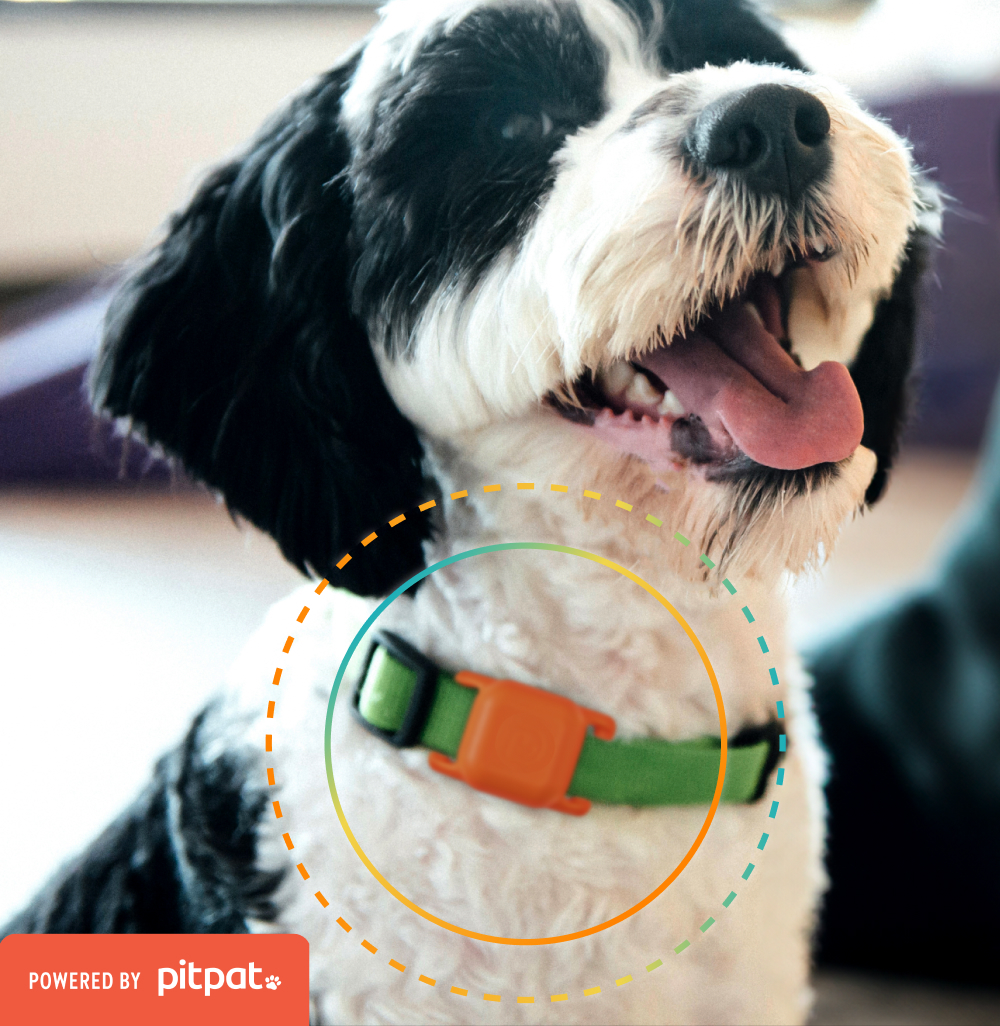What’s Covered When Buying Dog Insurance?

Dogs are furry family members, and their health and wellness are important to pet parents. While we hate to think of something ever happening to them, it’s a good idea to plan for the unexpected. The cost of an emergency vet bill is not always affordable, which is why obtaining pet insurance now can help during a stressful time in the future. As inflation continues to increase the cost of veterinary care, pet insurance premiums are likely to increase. Now more than ever, it’s important to shop around! Carefully comparing coverages, rates and restrictions will help in finding the right insurance plan for your budget.
Pet insurance is on the rise. Recent data from the North American Pet Health Insurance Association (NAPHIA) suggests the total insured dogs in the U.S. grew by 26.5% in 2021, bringing the total of dogs insured in the United States to 3.251 million and growing. However, despite the recent rise in pet insurance coverage, NAPHIA still estimates that only 2.48% of all pets in the US are covered, leaving many pet owners vulnerable to unexpected costs of keeping their dog fully protected. The peace of mind and security that comes with a comprehensive pet insurance plan is becoming increasingly important amidst a backdrop of financial uncertainty.
Obtaining dog insurance can be very comforting, but as you begin your search, it is necessary to understand what is typically covered and what isn’t. Of course, coverage will vary depending on the plan and provider, but here is a list of what is commonly covered.
EMERGENCY VS. ROUTINE CARE
Typical pet insurance plans cover the medical costs of unexpected, emergency care. If unfortunate instances arise like your dog eats something they are not supposed to or gets into an accident, your pet insurance will step in and cover some or all of the costs. However, a routine trip to the vet, for example, is not something a plan (without riders) will cover.
And while we are on the topic of what would not be covered, any pre-existing conditions that were diagnosed prior to the insurance taking effect are not covered by most insurance plans. Therefore, if your dog requires medication for an issue they have had for some time, insurance will likely not cover it. Accordingly, any elective treatments, food and toys, or grooming services, for example, would also not be covered. Be sure to read exactly what is and is not covered by your plan before proceeding. That way, there are no surprises.
ILLNESS AND MEDICAL COVERAGE
While insurance will not cover a health condition that was previously evident, it will cover an unexpected illness (i.e., dental illnesses, hip dysplasia, cancer, etc.), as well as chronic diseases diagnosed while covered by insurance (i.e., heart conditions, arthritis, etc.). If tests need to be performed on your pup for an illness/disease or an unexpected injury, such as blood work or x-rays, this can also be covered. Accordingly, certain medications can be included if they are prescribed to treat the unexpected illness/injury. If your dog needs surgery, as long as it is not needed for an illness your dog had before the insurance, it can be covered.
Getting your dog insured as early as possible will yield greater results later, as the less pre-existing health conditions they have before insurance, the more that can be covered if they happen to develop something in the future.
It is important to note that most dog insurance plans will not cover spaying and neutering services, vaccinations or preventative care. While related to their health, it would not be categorized under emergency or unexpected.
ACCIDENT-ONLY VS. ACCIDENT-ILLNESS PLANS
The coverage provided by dog insurance differs depending on the company and the plan. However, there are two common types of insurance plans – accident-only and accident-illness.
Aptly named, accident-only plans will cover the costs of unexpected accidents. This may include Insect bites causing illness, falling, a sprain – these are the types of incidents that you don’t expect, and this type of plan can cover part of or all of the associated costs. Accident-illness plans cover everything the accident-only plan covers with the addition of illness coverage. If your dog develops an illness after receiving insurance, the care, treatment and tests that go along with the illness are included in this plan type.
Which is better? If your dog’s breed is prone to more illnesses, obtaining an accident-illness plan could be a better option. But if budget is a concern, your dog already has a health condition (which would become ineligible for coverage), or you are looking to insure multiple furry family members and want to keep payments as low as possible while still receiving coverage for unexpected injuries, accident-only plans can be a good choice.
WELLNESS PLANS
In addition to an accident-illness plan, there can be an option to include wellness care, which can cover some of the treatments the other plans cannot. For example, a routine visit to the vet to get vaccinations or even a dental cleaning may be covered with a wellness plan. This would act as a separate plan from your existing insurance, but it can be used together, if desired.
A wellness plan, either on its own or added to an accident-only or accident-illness plan, can be a good option if you are a new pet parent and know you will make frequent trips to the vet for vaccinations or routine dental cleanings. Part of a wellness plan can include routine care add-ons, which can provide additional coverage that pet parents can encounter at routine vet visits.
RIDERS
Including an add-on to your pup’s insurance is called a ‘rider’ and this can supplement some of the gaps your plan may have. While a rider will increase your premium, which is the amount you pay monthly, considering your add-on options can offer some reassurance that certain treatments can be covered that wouldn’t typically be in your original plan.
A wellness plan, which we discussed previously, is a common rider because it can cover much more of the costs that accident-only and accident-illness plans can. For example, if you are concerned about covering the costs if your dog ever requires flea and tick treatment, a wellness rider would come in handy to take care of the medication costs.
THE IMPORTANCE OF PET INSURANCE
As a responsible pet parent, you want what is best for your furry friend. If the cost of an unexpected illness or accident seems unmanageable, dog insurance can be a great choice. Molding an insurance plan that fits you and your pup’s needs (current and future) is key. While we can’t look into a crystal ball and know what your pup will need and when they will need it, obtaining dog insurance as soon as possible can offer the reassurance that you’ll be able to care for your dog’s health and wellbeing without too much financial burden.
We know keeping your dog happy and healthy is a top priority and pet insurance is a smart move for pet parents. To help you choose the right pet insurance plan for you and your pup, Dogtopia has worked with petted.com to create a handy comparison tool. Click here and simply answer a few questions, and it will find the best plan for you in seconds.












